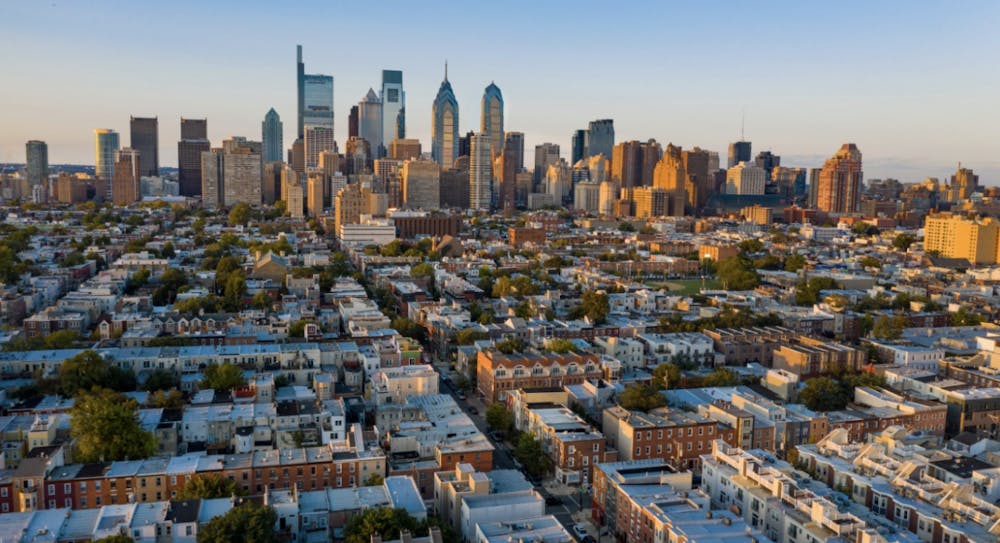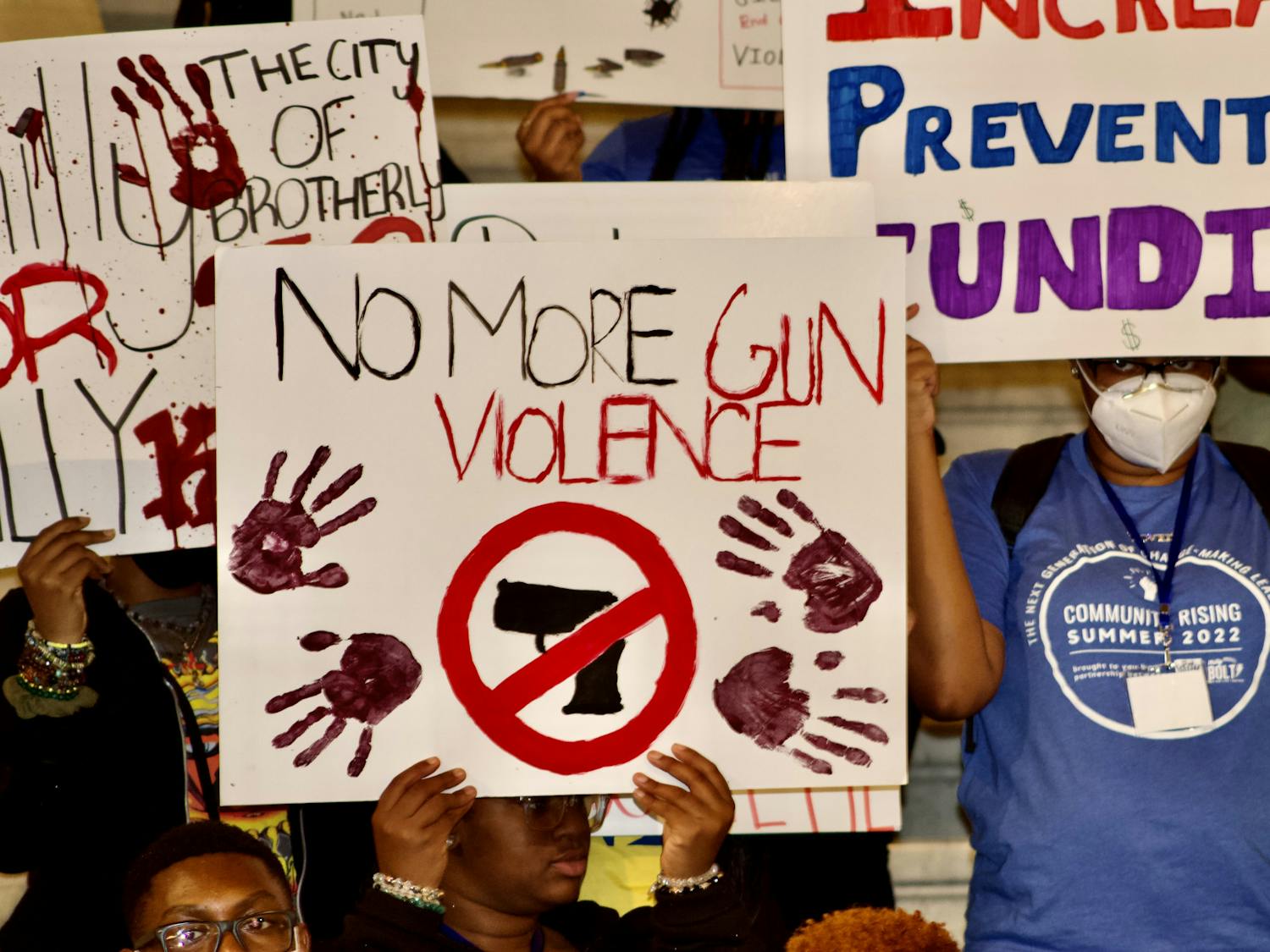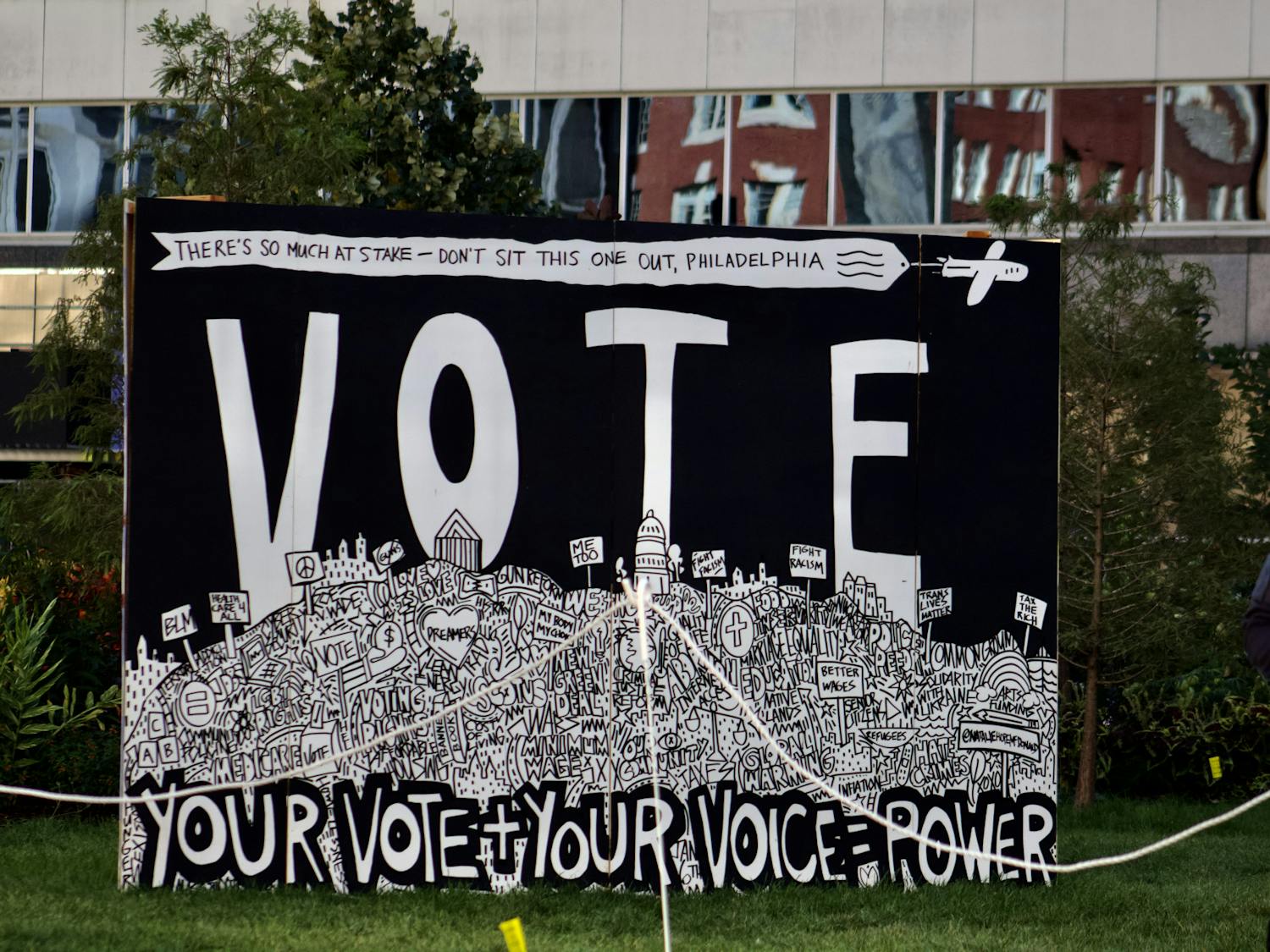Primary healthcare is a fundamental right that all people need to have. However primary health care for everyone is not valued as much as it should be, and often it’s not accessible for everyone equally. Primary healthcare keeps people healthy, prevents people from chronic illnesses, and keeps them out of higher medical emergencies.
Unfortunately, many people in a vibrant city full of resources like Philadelphia don't have access to adequate health care. This lack of access to healthcare is caused by obstacles like cost, lack of affordable health insurance, and a shortage of healthcare professionals and facilities. Individuals that do not have access to adequate medical care are more likely to suffer the negative consequences of untreated medical issues because they do not receive cancer screenings, annual checkups, regulation of health concerns that they may already have, which then later leads to chronic diseases.
People like my mother, who do not fully speak English, are hesitant to visit their doctors, and I have to interpret for her during her doctor's appointments so that she can stay healthy; however, not everyone has someone to support them but since phone interpreters are not always provided by some doctors' offices or are not reliable enough because they do not interpret properly the patients lose their interest in coming to their appointments and deteriorates their health with negligence.
For some people lack of access to primary care is also due to their location being too distant from the healthcare professionals that offer services or the fact that not all primary care providers accept patients with Medicaid. More individuals especially in underserved communities can receive the treatment they deserve with our actions and efforts to broaden access to healthcare providers and improve communications.
There is also an association between neighborhood poverty and poor health. Since income is an important factor in determining health, people who live in economically disadvantaged areas may be more likely to have lower incomes because they are unable to afford insurance and find it difficult to access Medicare. In addition, they may lack access to primary care physicians who accept Medicare or may have to work constantly to pay their bills. These are simply a few examples of how poor financial circumstances can lead to poor health outcomes for individuals.
Philadelphia has major health inequalities and is ranked as one of the top cities in the nation for poverty and health outcomes, with several socioeconomic factors of health producing unfairness for many of its citizens (Drexel University). These disparities strongly correlate with the result of a lack of appropriate access to primary care in many of the city's neighborhoods that are disproportionately affected because of environmental racism.
According to the Philadelphia Access to Primary Care Report released in 2018, one of the major points that play a role in the lack of primary care for people in Philadelphia includes how not all primary care providers accept patients with Medicaid. “Overall the supply of primary care providers in Philadelphia has been increasing in the past decade. However, the proportion of primary care providers that accept patients with Medicaid has declined over the past few years.”
Moreover, according to the American Community Survey, U.S. Census Bureau, Philadelphia's uninsured population is noticeably greater in a number of its North, Northeast, West, and South neighborhoods. The prevalence of Medicaid enrollment is widespread in many of these similar places. There are also shortages of primary care providers in many of these same regions. This is because of the city's history of environmental racism. Environmental racism has an influence on the health of groups affected by poor environmental conditions because in a lot of these neighborhoods the presence of harmful chemical pollutants in landfills and waterways is one of the factors that is increasing the numbers of chronic diseases and high mortality rate.
The report on Philadelphia’s access to primary care highlights that “the areas with lower access to primary care actually had higher concentrations of non-Hispanic blacks in comparison to the parts of the city with greater access to primary care.” Therefore, the presence of primary care providers is most significantly associated with race, ethnicity, and a lower median family income than with age, the percentage of people with health insurance, or the region where chronic illnesses are becoming more prevalent. Class and income plays the largest role in whether people have access to affordable health insurance.
The social surroundings of communities are affected by the concentration of poverty. Prejudice between different groups of people causes different social and physical environments, and these environmental disparities promote people that are underrepresented and in underserved areas to have a lack of health care.
Enjoy what you're reading?
Signup for our newsletter
Sources:
https://www.phila.gov/media/20181109113640/2018-PrimaryCareReportFINAL.pdf
https://drexel.edu/uhc/resources/briefs/Neighborhood-Poverty/




